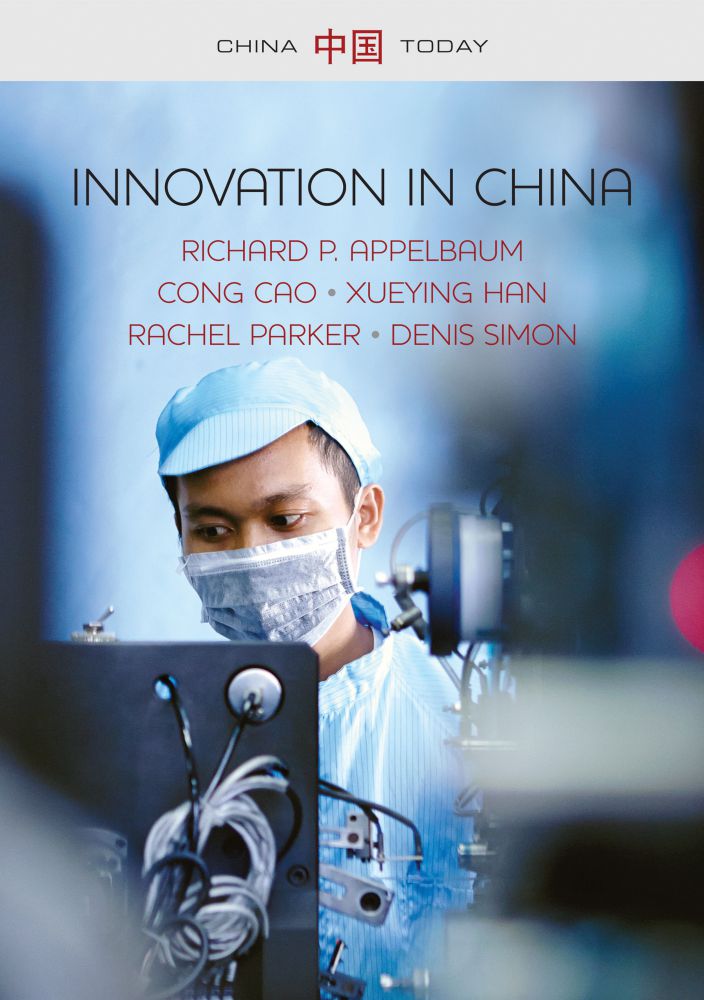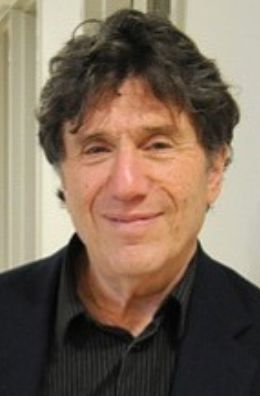
The Ambitious Dragon


China is determined to shift from an economy based on manufacturing to one driven by knowledge and innovation. Given its huge investments in recent decades and focused state leadership, it might seem like a safe bet.
A new book co-authored by a UC Santa Barbara scholar suggests it’s not that simple. In “Innovation in China” (Polity Press, 2018) Richard Appelbaum, a professor emeritus of global studies and of sociology, and his co-authors argue that China’s top-down approach is both an impediment and a catalyst to the country’s goal of becoming the world’s dominant actor in science and technology.
Appelbaum, co-principal investigator at UC Santa Barbara’s Center for Nanotechnology in Society, which conducted much of the research for the book over a decade, noted that China’s ambitions are driven by President Xi Jinping. In his 2012 “Chinese Dream” speech, Xi rejected the humiliations of the 19th century and declared that China was seizing its moment as a global power.
As Appelbaum noted, China has made huge strides. Now the No. 2 economy in the world, it has used a slew of five- and 15-year plans in pursuit of “indigenous innovation” to make impressive advances. In nanotechnology, for example, Appelbaum’s team reported that in 2013 China led the world in patent family counts — 27 percent compared to the U.S.’s 16 percent.
Patents, however, aren’t the same as innovative breakthroughs, Appelbaum said. “Many of those patents are non-productive,” he explained. “They are, one interviewer said, ‘asleep in the safe.’ Lots of publications, but they’re not as heavily cited. On the other hand, the trend lines are always improving. China is not asleep at the wheel. They know about these problems. Their numbers are improving.”
The question is, then, can China catch and surpass the U.S. in science and technological innovation? Appelbaum said it faces a number of uphill battles. Education in science, technology, engineering and math (STEM), for one, is a major challenge. Although China now awards more STEM Ph.D.s than the U.S., and its students are industrious and hardworking, he said they’re loathe to take risks, imagine alternative hypotheses or, generally, challenge authority.
The problem, according to an online survey Appelbaum’s team conducted, results largely from China’s top-down approach, which promotes quantity over quality and an emphasis on meeting metrics rather than meaningful or innovative research. In addition, the survey identified the top five challenges to China’s research environment: promoting short-term thinking/instant success; too much bureaucracy and governmental intervention; an evaluation system that rewards quantity over quality; and too much reliance on personal connections.
Despite these challenges, Applebaum said he believes China’s prospects are good in the coming years — even if it’s not ready to surpass the U.S. With a huge internal market and a leadership focused on long-term goals, he noted, the country can continue to make economic and technological strides.
“The main conclusion I would make,” he said, “is that China may not yet be at the top tier of innovation, but they’re just below it, and they’ve done quite well. As a second-tier innovator I think China can move pretty far. And in the long run I think they can overcome some of these obstacles. Because the big difference between China and the U.S. currently, and for the last 25 years, is China’s state-led industrialization.”
Skeptics of China’s rise often argue that its central planning is its Achille’s heel, a flawed economic system that can’t match the U.S.’s free-market approach. “The China bashers have been predicting that China’s gong to collapse of its own weight ever since they started taking off,” Appelbaum said.
He noted, however, that China has managed to bring hundreds of millions of people out of poverty. Predictions of its doom, he said, are rooted in an ideology that sees free-market economics as inherently superior. That may be a mistake, he said.
“When we ruled the world after World War II,” Applebaum said, “because we had no competitors, it made sense for the U.S. to argue for some form of market fundamentalism, because we ruled the market. But now there’s some competitors coming along who challenge that notion.”
And now China and the U.S. are in the midst of a trade war. President Trump said such conflicts are “easy to win,” but Appelbaum argued that’s likely not the case with China.
“Xi Jinping isn’t going to give in to Donald Trump,” Appelbaum said. “Nothing is inevitable, but I think the smart money will be that China will become a competitor, and it’s going to do pretty well, even if it doesn’t invent the next iPhone.
“So what do I think we should do?” he added. “I think we should stop fighting China and start investing in ourselves. I think we can learn from what China is doing in terms of public spending. If I had my druthers I’d spend much less on the military and much more on our crumbling infrastructure, addressing our social problems, and of course science and technology, but I don’t think that’s going to play well with this administration.”
“Innovation in China” co-authors are Cong Cao of the University of Nottingham Ningbo China, Xueying Han of the Science and Technology Policy Institute, Rachel Parker of the Canadian Institute for Advanced Research, and Denis Simon of Duke Kunshan University.



